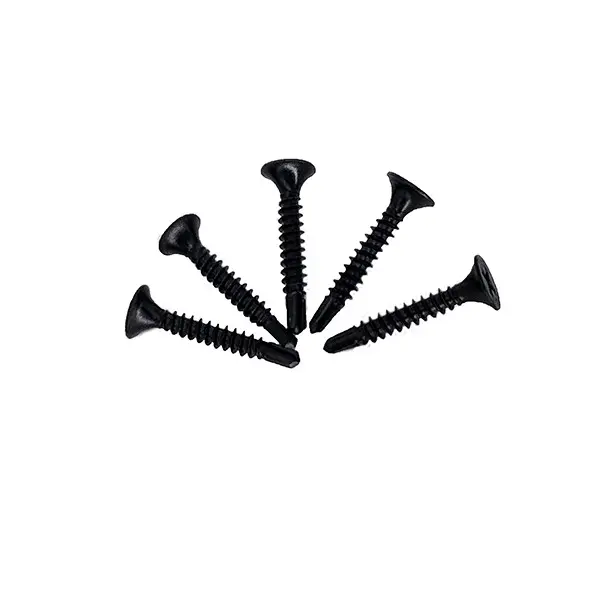Introduce:
In woodworking, screw selection plays a vital role in ensuring the longevity and overall appearance of your project. A special technique often used when working with medium density fiberboard (MDF) is to use countersunk screws. In this blog, we’ll explore the importance of countersunk screws in MDF, emphasizing their strength and aesthetic benefits.
Understand MDF and its characteristics:
Before delving into the importance of countersunk screws in MDF, it is crucial to understand what MDF is and why it is a popular choice in woodworking. MDF is an engineered wood made by breaking down hardwood or softwood residues into wood fibers, combining them with resins and forming boards under high temperature and pressure. MDF has excellent surface smoothness, dimensional stability, and uniform density, making it a popular material for a variety of woodworking projects.
Why countersunk screws are crucial in MDF:
1. Enhanced Strength: One of the main reasons for using countersunk screws in MDF is to increase the strength of the joint. Countersinking involves creating a tapered hole in the face of the MDF into which the screw will go. This process makes the screw heads flush with the surface of the board, preventing them from cracking and ensuring a secure connection. Countersunk screws distribute the load more evenly, reducing the risk of MDF splitting or cracking.
2. Aesthetically pleasing result: Countersunk screws in MDF also have a significant impact on the overall appearance of the project. Not only does the recessed screw head improve visual appeal by blending seamlessly with the surface, but it also eliminates the need for additional work such as filling, sanding, or covering the screw head. This means you can maintain the perfect finish of your MDF project without compromising its strength.
3. Prevents damage: countersunk head screws also prevent damage to surrounding materials and reduce the risk of accidental injury. By creating a recessed space for the screw head, you minimize the chance of snagging or snagging protruding components, reducing the risk of damage to other parts of the project or potential injury to individuals.
Proper countersinking technique:
To ensure the best results when countersunk screwing in MDF, it is crucial to follow proper technique. Here are some key steps to remember:
1. Select the correct countersink bit: Choose a countersink bit that matches the diameter of the screw head.
2. Set the depth: Adjust the depth stop mechanism on the drill bit to achieve the desired depth for the countersink. This depth should allow the screw heads to be flush with the surface of the MDF.
3. Pilot hole: Use a drill slightly smaller than the diameter of the screw to make a pilot hole to guide the screw accurately and prevent splitting.
4. Countersink: Place the countersink bit in the pilot hole and drill slowly until the desired depth is reached.
5. Insert the screw: Finally, insert the screw into the countersink, making sure it is flush with the surface of the MDF.
In conclusion:
Countersunk head screws in MDF are a key technology that add strength, enhance aesthetics and prevent damage to woodworking projects. By using the proper countersink drill and following the correct technique, you can easily achieve professional-grade results. So next time you start an MDF project, remember the importance of countersunk screws to ensure impressive, long-lasting, and visually appealing results.
Post time: Aug-10-2023


